In this second part, I will install a power supply unit by utilizing the space on the backside of a standard slatted effector board, Pedaltrain. Then, I would like to set up the effects pedals.
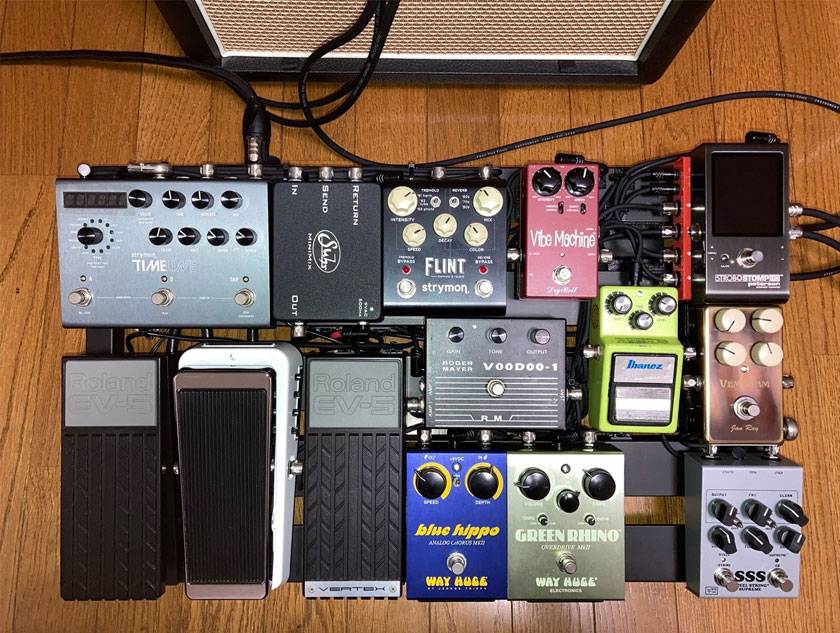
The effect board in its completed state looks like this.
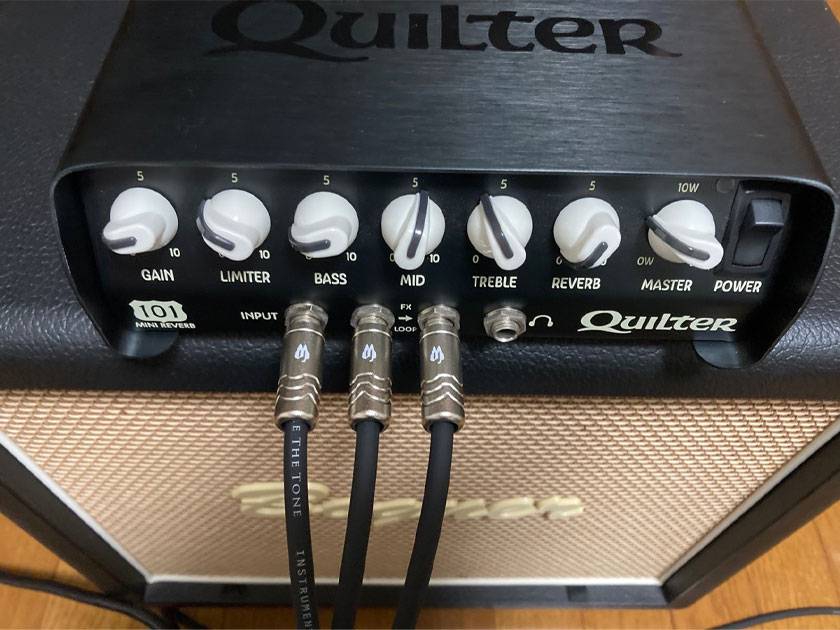
I connected the junction box I made myself and the send/return on Quilter's 101 MINI REVERB to it, and I added Suhr's MINI MIX to the board newly to connect TIMELINE (delay) and FLINT (reverb & tremolo) in parallel.
The 101 MINI REVERB is a 900g solid state amp head. It is so useful and sounds so good that it has taken over the main amp position from the VHT, Pittbull 45 tube amp. I recommend using it with a firmly built cabinet such as the BOGNER for even better sound output.
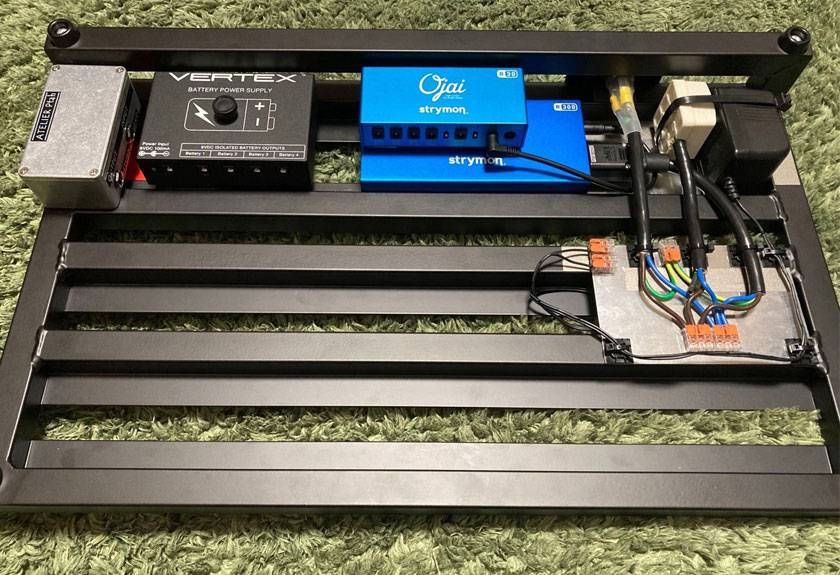
The power supply for the MINI MIX is a fixed 9V AC power adapter. I tried a lot, but that was the best choice for me. A Panasonic rectangular outlet and BELDEN power cable 19364 were used. An aluminum plate is fixed with double-sided tape to secure the ground plane and to prevent noise in the electrical wiring. 0.5 mm aluminum plate can be easily sized using a cutter for plastic plates.
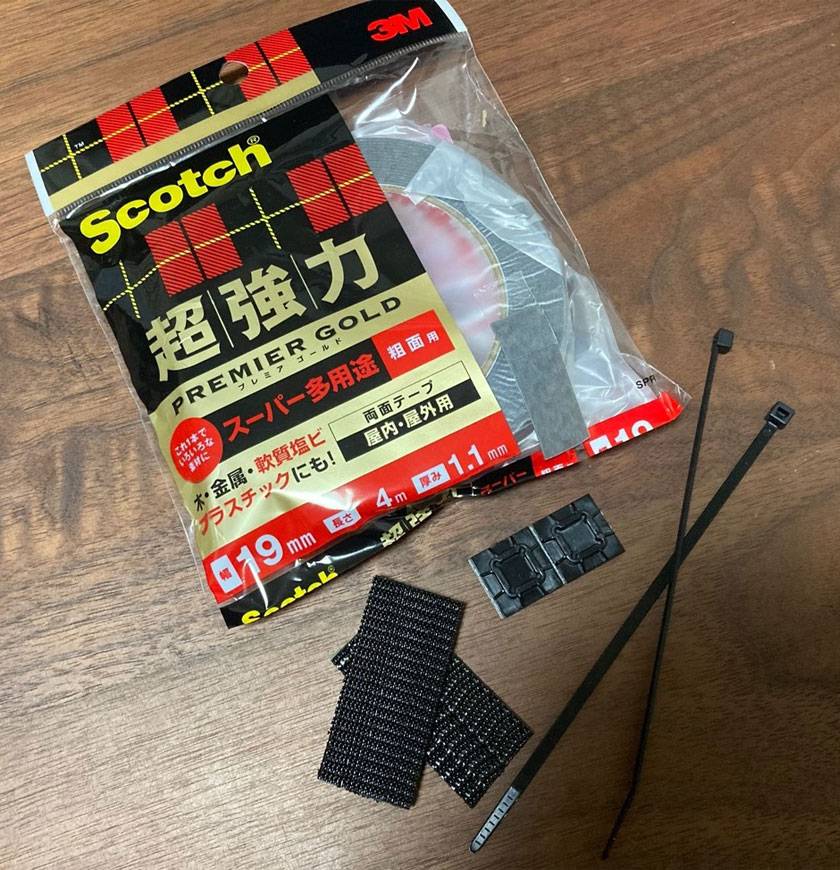
The following items were used to secure effects pedals and other equipment to the pedalboard.
- Scotch super-strong double-sided adhesive tape
- 3M Dual Lock Fasteners
- Cable Ties
- Cable tie mounts
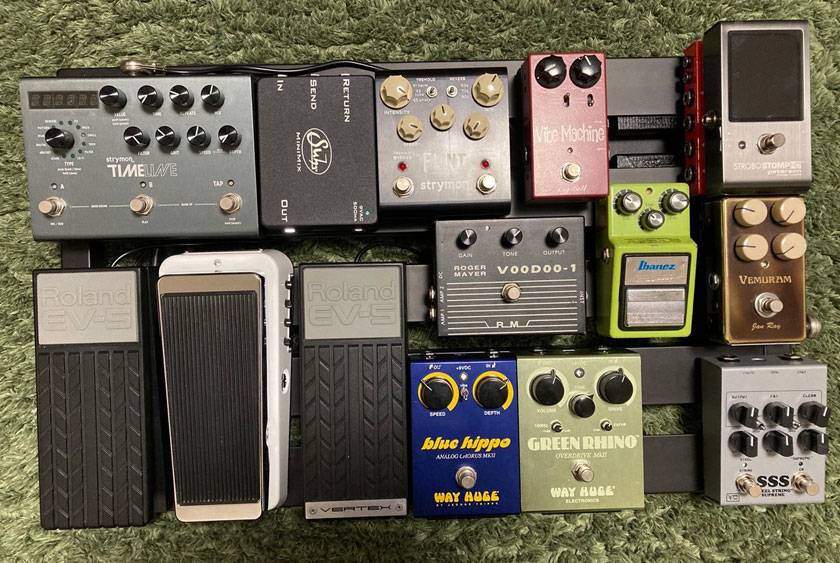
Position the effects pedals while imagining the wiring of patch cables and DC cables.
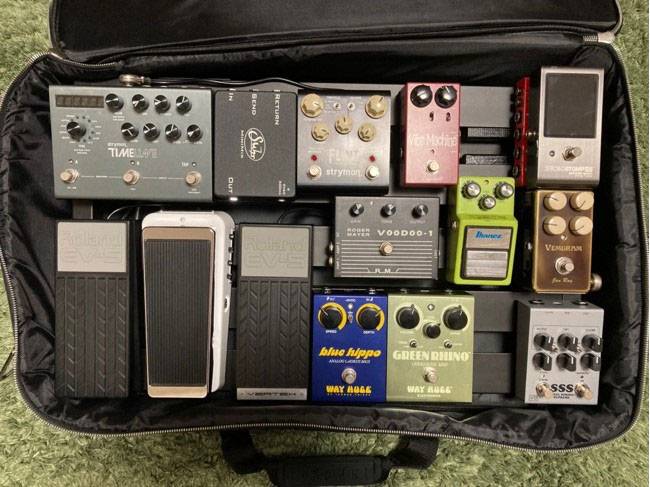
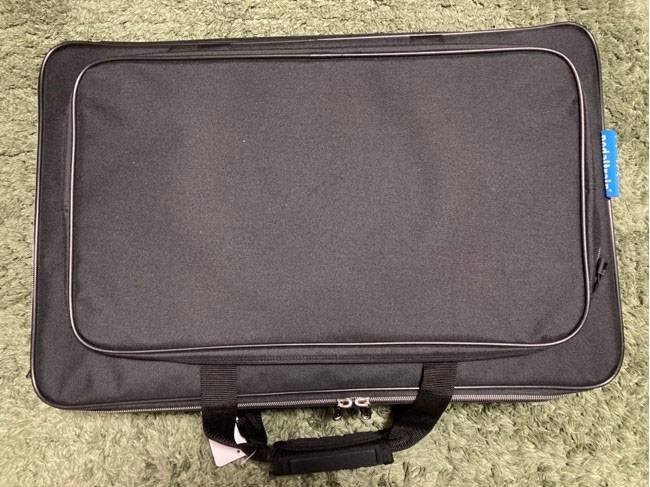
This is what it looks like when placed in the bag. The lid closes without any problem.
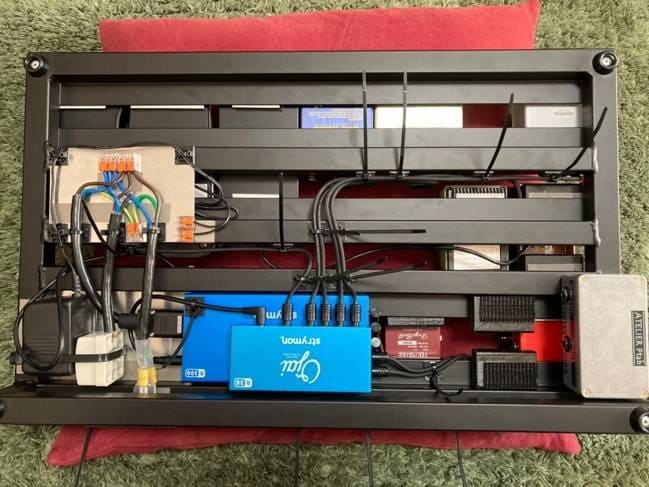
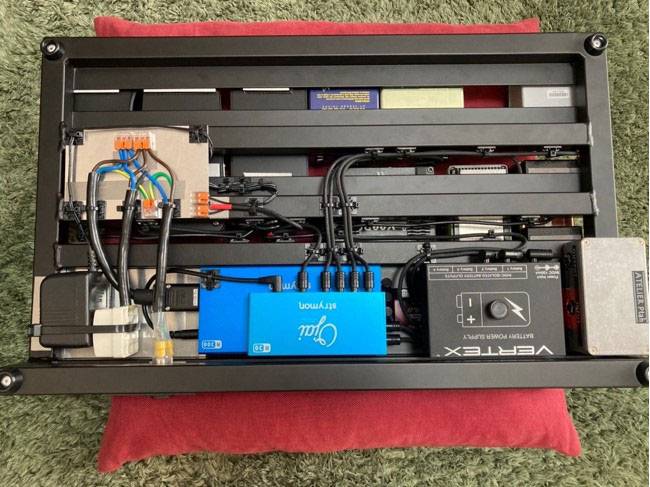
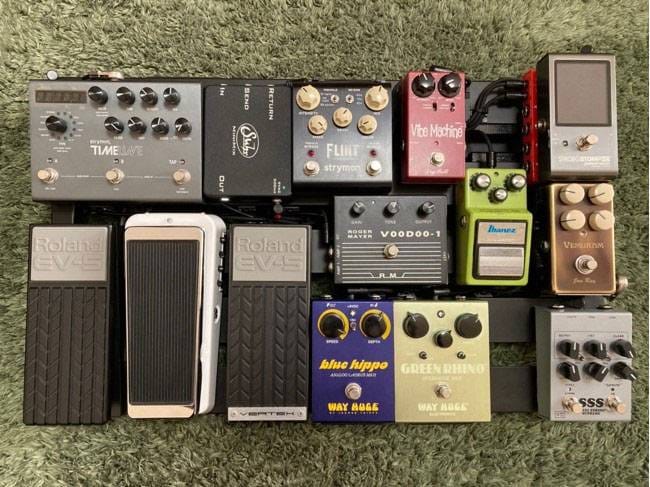
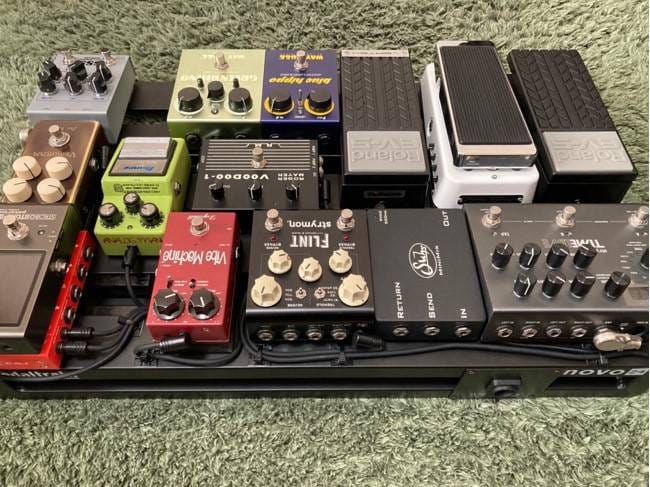
First, start with the DC cable wiring.
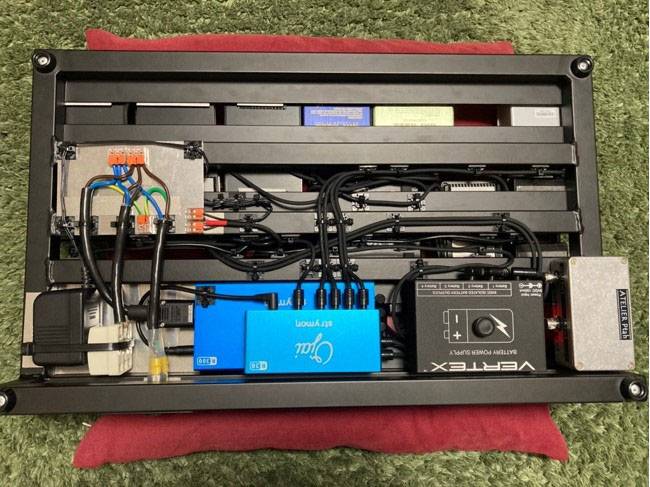
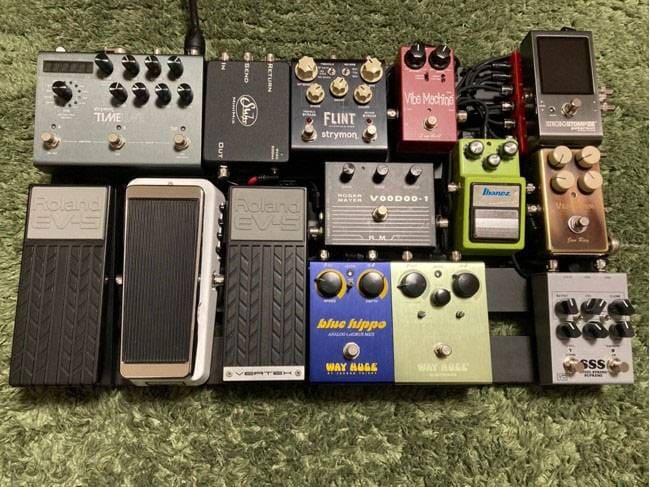

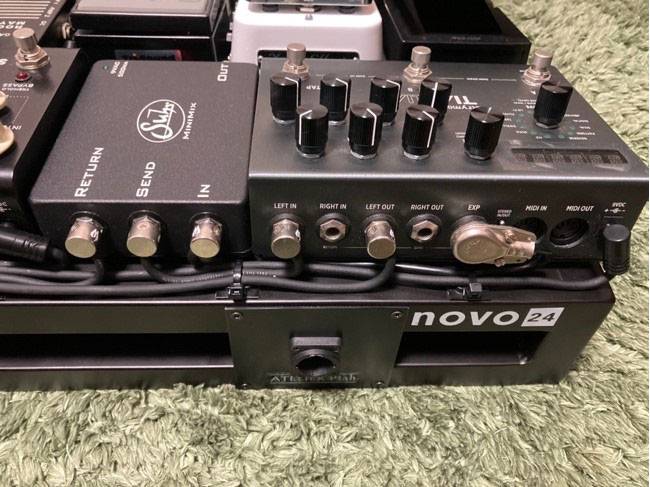
Route the patch cables so as not to create a ground loop.
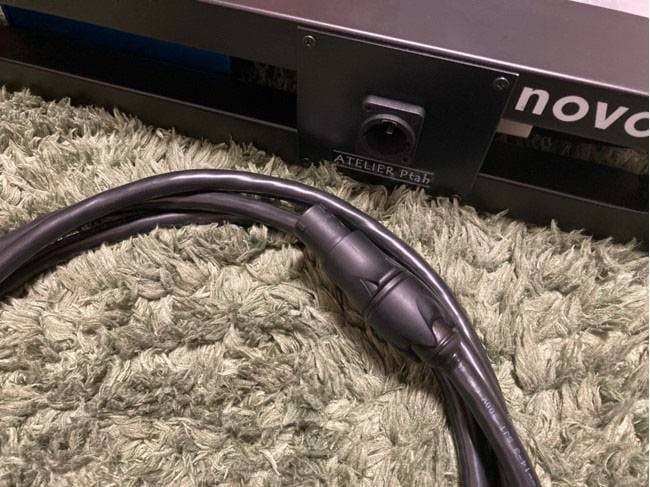
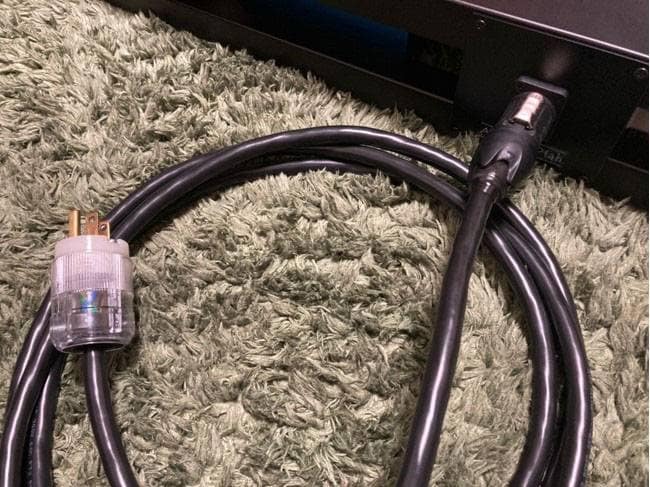
I used the power conditioner to supply electricity to the power supply.
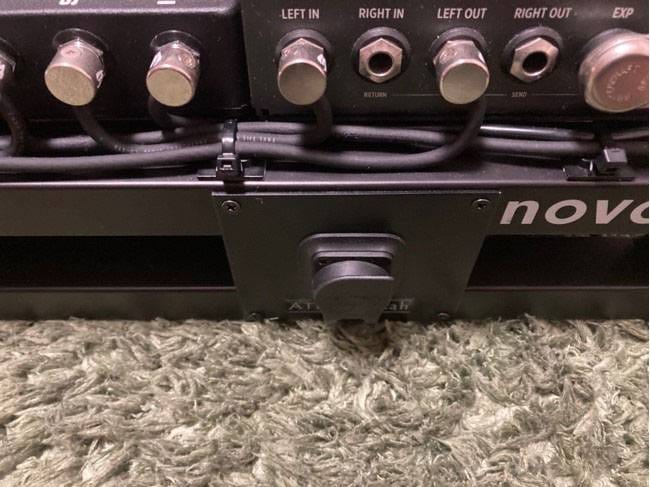
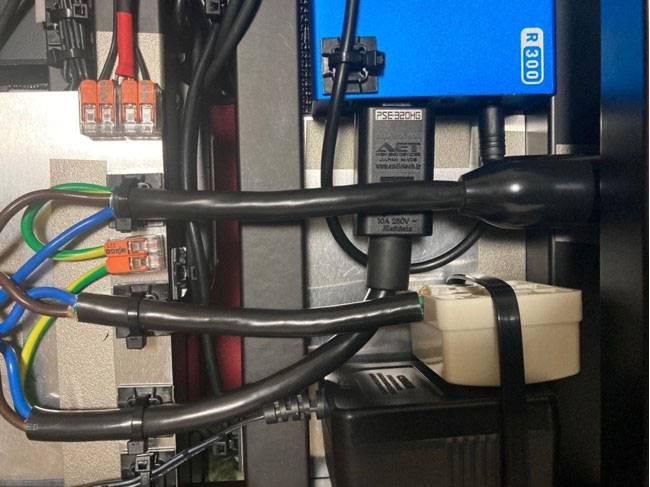
Put the cover to the power conditioner terminal and done!
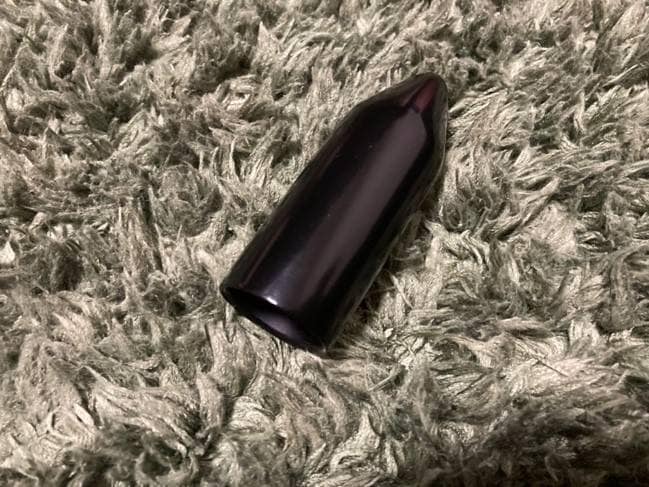
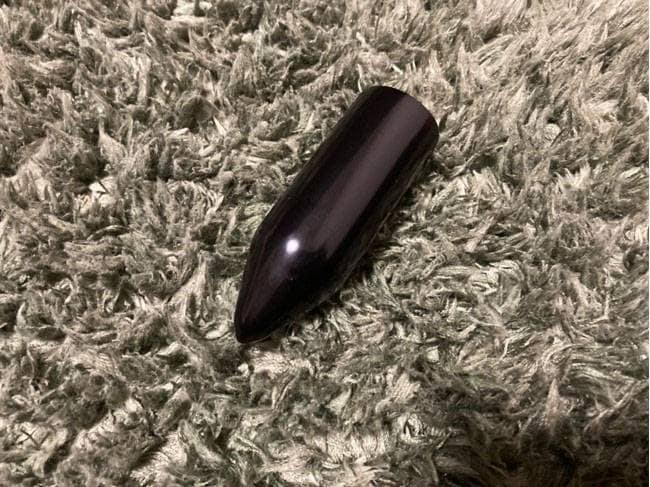
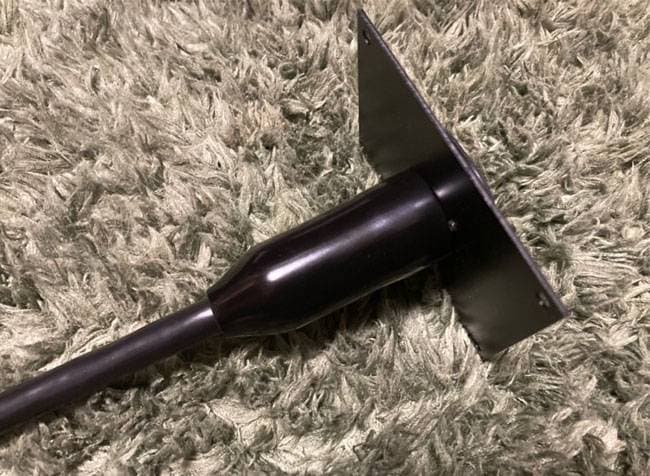
The soft plastic cover called SCDR from NEUTRIK is used by cutting the tip of the cover to match the diameter of the cable.
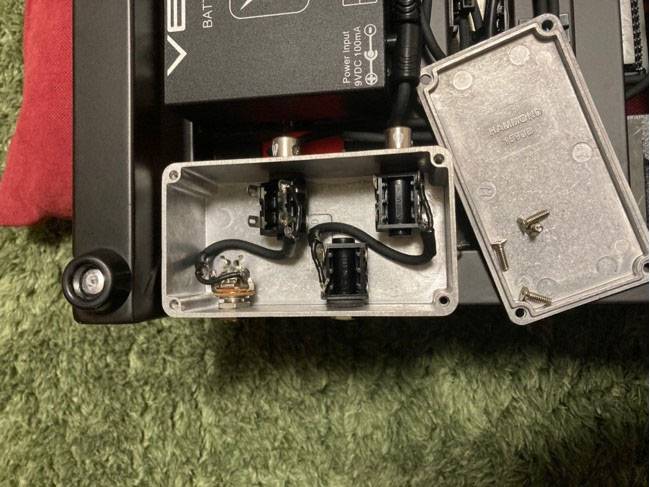
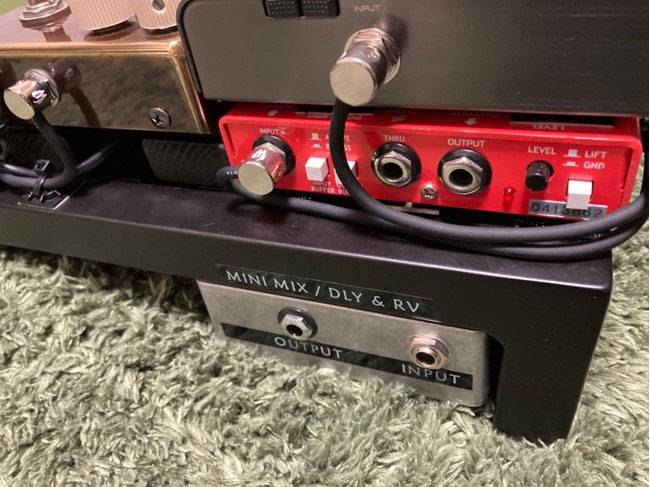
To prevent ground loops, I made the junction box so that the ground of the input terminal is connected to the ground of the case.
This time, I assembled the pedalboard by utilizing the back side of the Pedaltrain. One advantage of the body being aluminum alloy is its sturdiness and lightness. When putting panels, it is also good to be able to drill holes easily.
I also used Free the Tone solderless plugs for the patch cables and DC cables. Straight and L-shaped plugs are available, and you can make cables of the appropriate length in a short time. Next time, I go through the details of the cables. Please look forward to it!






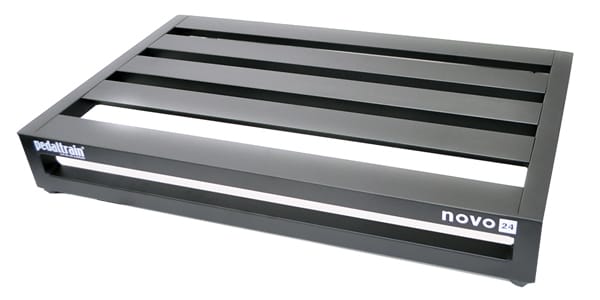
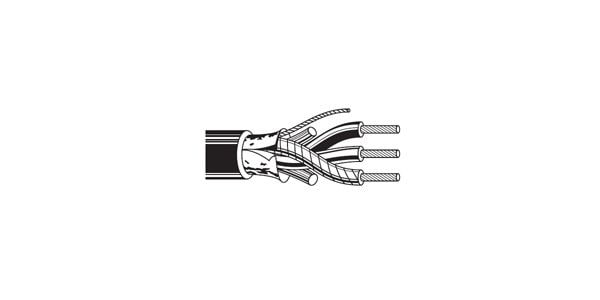
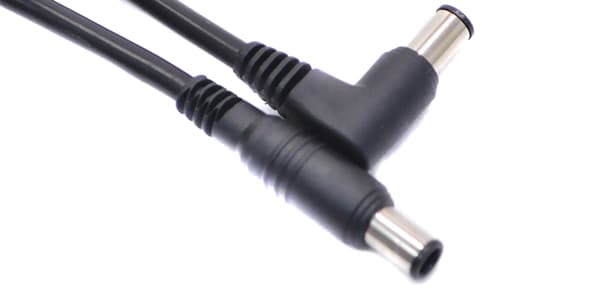
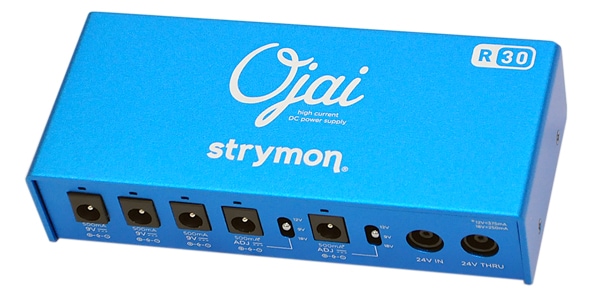
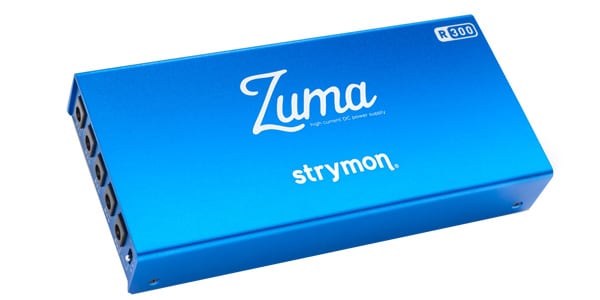
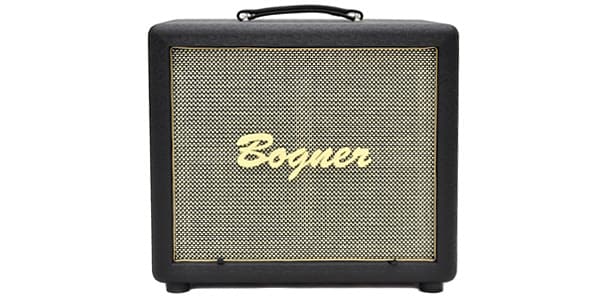
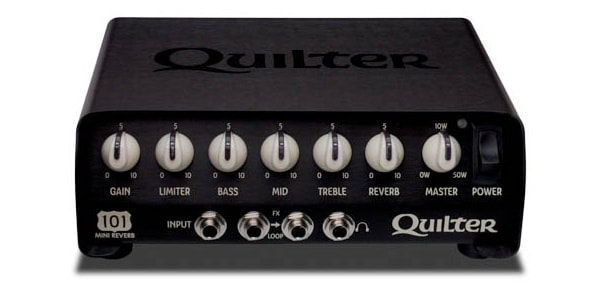
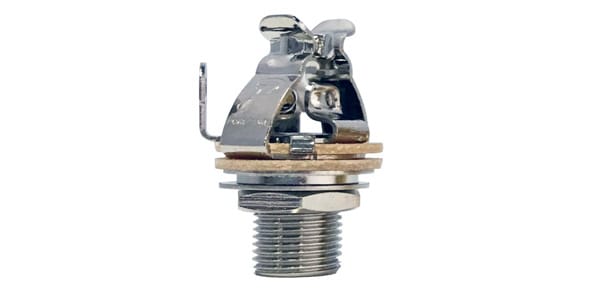
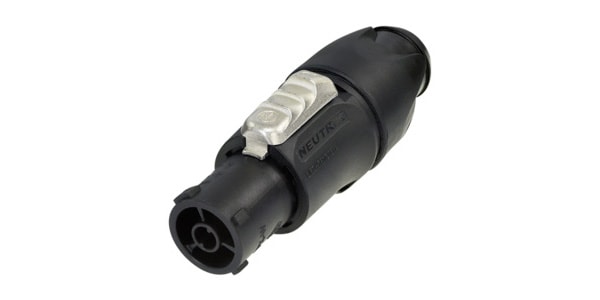
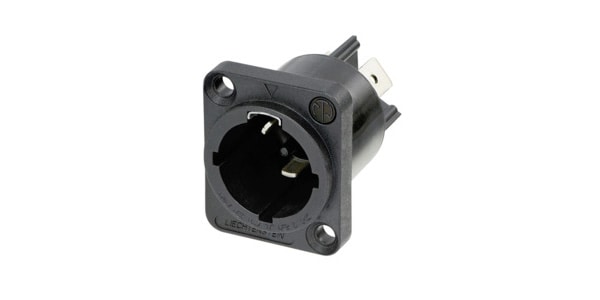
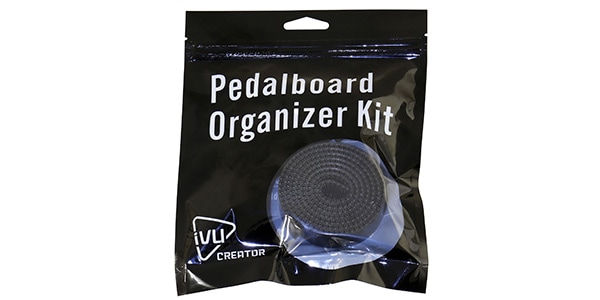
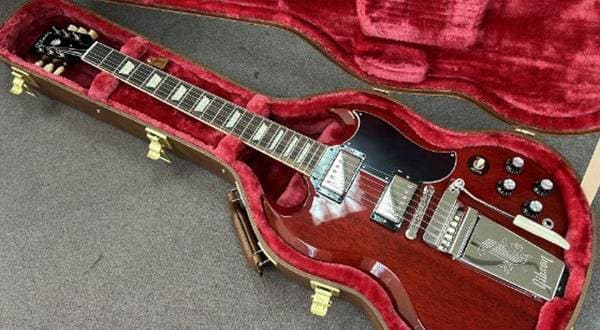
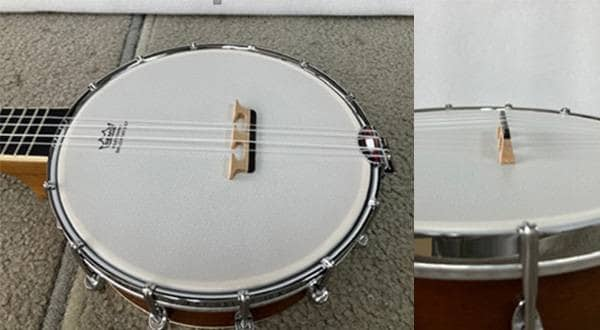
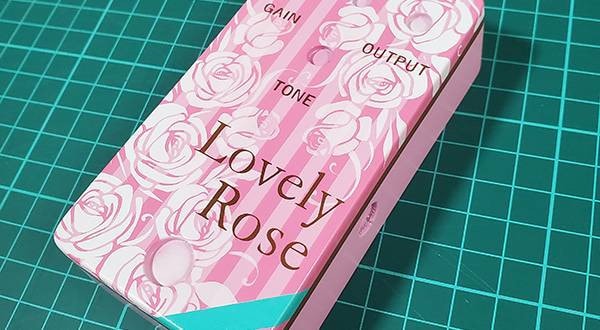
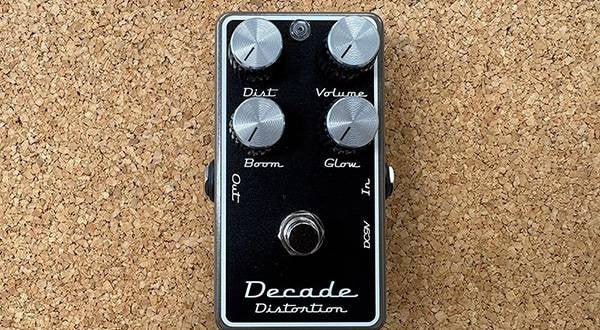
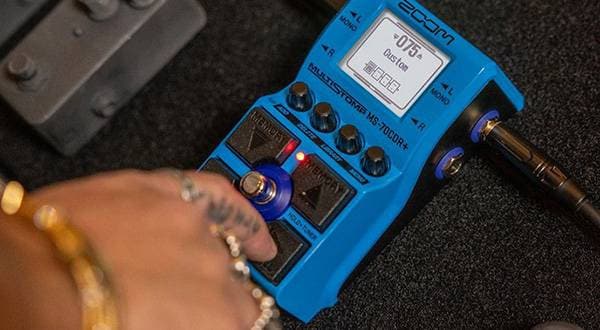
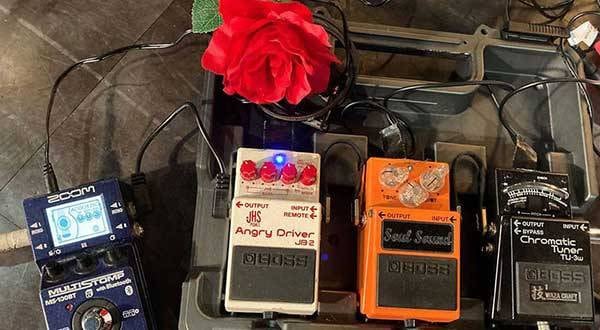
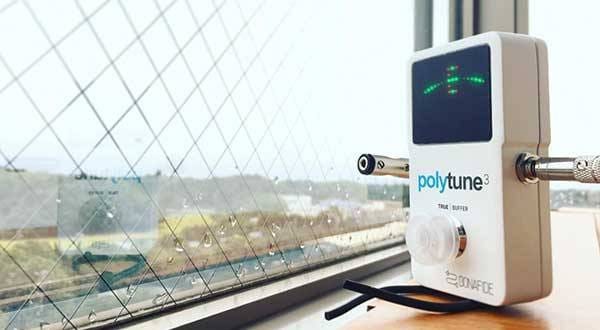
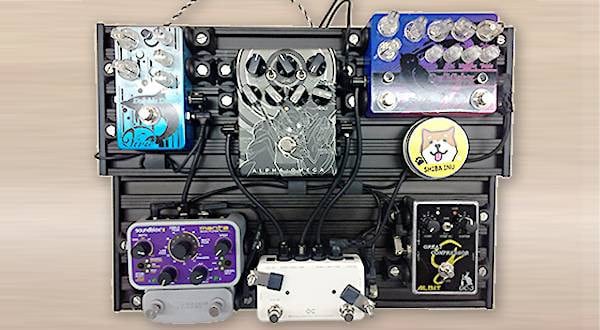
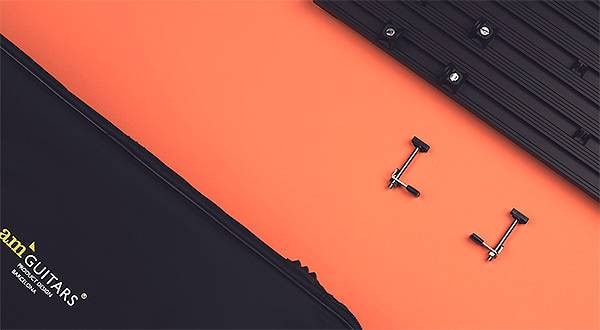
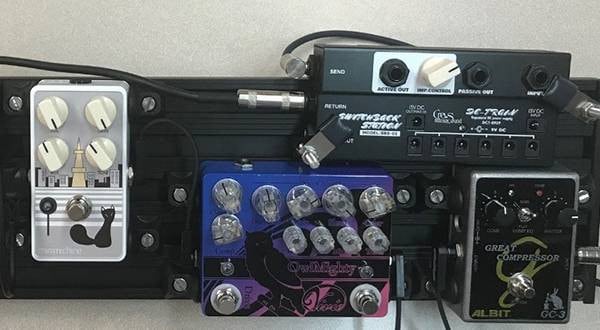
 はじめてのエフェクターは GT-1 にしよう
はじめてのエフェクターは GT-1 にしよう
 第2弾 あなたのエフェクターボード見せてください
第2弾 あなたのエフェクターボード見せてください
 【初心者向け】エフェクター講座
【初心者向け】エフェクター講座
 あなたのエフェクターボード見せてください
あなたのエフェクターボード見せてください
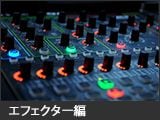 エフェクター編
エフェクター編
 エフェクターのつなぎ方
エフェクターのつなぎ方















